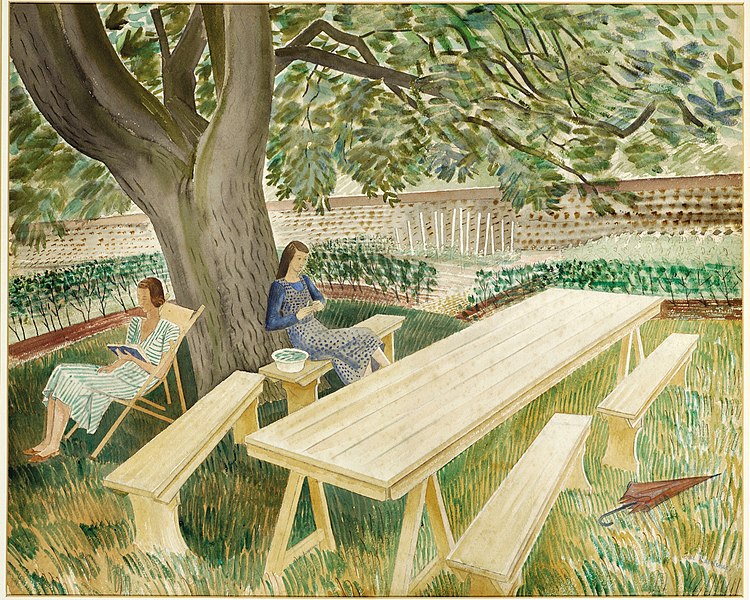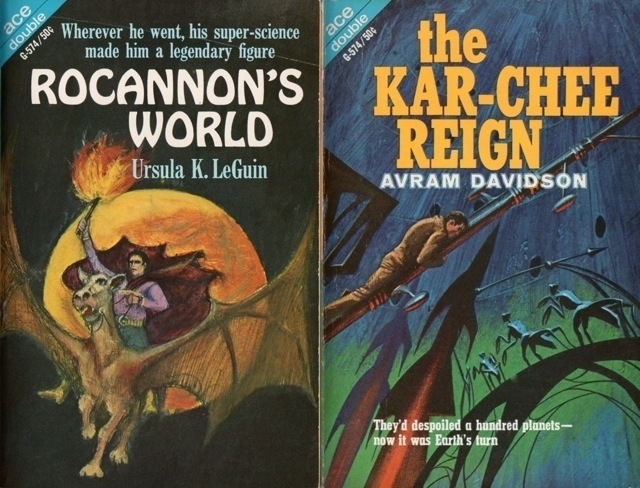Oh, is that what he embodies?

Cory Doctorow: “ In the Big Tech internet, it’s freedom for them, openness for us. ‘Openness’ – transparency, reusability and extensibility – is valuable, but it shouldn’t be mistaken for technological self-determination. As the tech sector becomes ever-more concentrated, the limits of openness become more apparent.”
Last night I dreamed that Leo Messi lived near me and out of neighborliness did some work in my yard. I determined to pay him, but he said he didn’t use Venmo, so I wrote him a check. I figured that he probably wouldn’t cash it, since he doesn’t need the $, but it was the right thing to do.
Chris Arnade: “I’ve also become more convinced that while all suburban bleh might look the same, might seem boring and banal, there is a lot going on in it, because people are always more interesting than their surroundings.”
I wrote a post about the wonderful artist Tirzah Garwood.
Tirzah Garwood

Regular readers of this will know of my fondness for the art of Eric Ravilious. Ravilious was married to another highly gifted artist, Tirzah Garwood, whose work I have posted a couple of times; but she deserves more attention than I have given her. (In the Ravilious painting above, that’s her on the right, accompanied by her friend Charlotte Bawden. I will write at some point later about the Bawdens, Charlotte and Edward.) Here they are together:

Here’s something of a self-portrait:

(Compare Ravilious’s “Train Landscape.”) Garwood worked in several media, and when you look at the image below you’ll wish she had done more in that curious medium, embroidery.

(Also perhaps a bit of a self-portrait?) Larger version here.

Alas, neither Eric nor Tirzah were blessed with long life. In the Second World War Eric was an official “War Artist,” and in August 1942 his plane was lost somewhere over Iceland. He was 39. Tirzah suffered from recurrent cancer and died in 1951 at the age of 42. Their three children survived them, and their youngest, Anne Ullmann (born 1941), still celebrates and advocates for her parents’ work.

In my early years I was utterly devoted to Ace Doubles, which bound two short novels back-to-back — you’d read one, then flip it over and read the other. The great SF editor Terry Carr once said that Ace would publish the Bible as a Double: War God of Israel and The Thing with Three Souls.

I have an essay, “Looking Westward,” in the new issue of Raritan. (Paywalled; sorry about that.) It concerns water, Wallace Stegner, the 100th meridian, and where the West begins.
Love the style of this sign-maker, but I’m not quite sure how Teri would take it if I posted this sign in the house.

I’m going to be reserving my Old Big Blog for longer essays and things that relate to some of my most common themes and topics over the years. With that in mind, I thought I might call attention to those themes and topics with a Tag of the Week. This week’s tag: attention.
A Very Happy Dog.


Finished reading: Small Town Talk by Barney Hoskyns. Reading about the music of the Sixties can be fascinating, but reading about all the $$$ complications is often infuriating, and reading about the musicians' personal lives is deeply depressing. 📚
James Hill: “Eve Arnold, the wonderful Magnum photographer, used to recount a story about walking with Henri Cartier-Bresson from the Magnum office in Paris to have lunch at his apartment on the Rue de Rivoli. During the 15-minute stroll home, as he kept telling her that he was no longer interested in photography, only drawing, he took three rolls of film on his Leica.”
I’m having fun listening to The Science of Sound, from 1958. The liner notes are fun also.
I’m hitting the pause button on my weekly newsletter, but that just means that I’ll be using micro.blog as my newsletter, thanks to the cool subscribe feature. Indeed I’ve already begun posting some items of interest that I previously would’ve saved for the weekly issue.
From a fascinating interview about Georgia O’Keefe’s choice of materials, especially papers.

Hilary Hahn plays the Sibelius Violin Concerto — an astonishing performance 🎵
Cabel Sasser: “Some designers are amazing at imagining things, but not as amazing at imagining them surrounded by the universe.”

